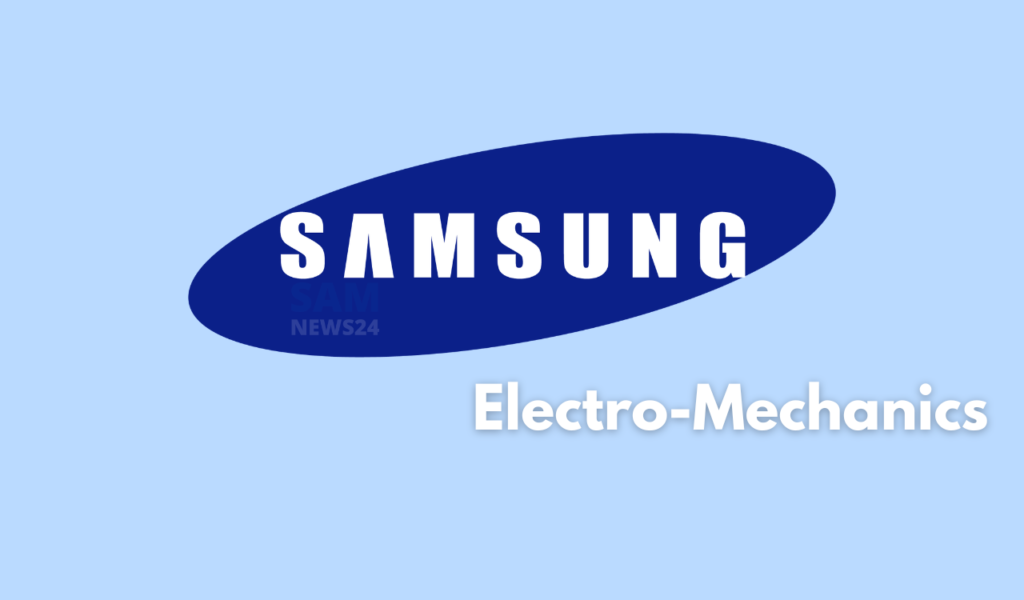Samsung Electro-Mechanics is implementing a patent for an all-solid battery. Also, the patents that have been released till now are those applied by the end of 2020. Whereas, the patent filed at the end of 7 is also revealed in July this year. Samsung Electro Mechanic’s direction for creating solid-state battery components is predicted to take structure.
Additionally, Samsung Electro-Mechanics President Jang Deok-Hyun stated, after last week’s shareholder’s meeting that the company is “developing small solid-state battery components.” As per the patent search site Kypris on the 20th, Samsung Electro-Mechanics filed a total of 14 all solid battery patents with the Korean Patent Office. Notably, this comprises the term “all-solid” in the name of the innovation.
The term solid-state battery basically refers to a battery that charges the electrolyte between the positive and negative electrodes of the battery from liquid to solid. Because of this fact, the electrolyte is not liquid here. On the other hand, there’s no need of having a separator between the positive and negative electrodes. Also, as compared to lithium-ion batteries presently in use, the risk of battery ignition can be lower whereas, the energy density can be increased.
All Solid battery patents targeted Ceramic-based solid electrolytes
In addition to the above info, out of the total 14 solid-state battery patents filed by Samsung Electro-Mechanics, 12 were filed between November and December 2020. The Samsung Electro-Mechanics all solid battery patents published till now are primarily targeted ceramic-based solid electrolytes. The company has the spotlight in multiple patent specifications that ceramic-based solid electrolytes have higher stability than polymers. And also guide challenges and research and development directions for the same to overcome. In the battery industry, solid electrolytes are branched into three types: ceramics, polymer-based, and composites that combine ceramic-based and polymer-based.
On 15 March, Samsung Electro-Mechanics President Jang Deok-hyun told reporters after the general shareholders’ meeting, “The laminated ceramic capacitors (MLCCs) that Samsung Electro-Mechanics makes well are ceramic products, and (Samsung Electro-Mechanics) has the technology to make them into solid oxides at high temperatures.” President Jang Deok-hyun added, “When we are ready to make a prototype, we will take a separate time to explain it.”
In solid electrolyte materials, the sulfide system relatively has the benefit of high ionic conductivity. Alternatively, the sulfide system is adaptable, therefore it is easy to contact the electrode with the electrolyte. While, when sulfur reacts with water, hydrogen sulfide, a toxic gas is produced. And since the oxide system has high material stability and is convenient to handle. Whereas, the interface resistance problem between the electrode material and the solid electrolyte is good. Composites are structures that merge with sulfide-based or oxide-based ceramics and polymers.
FOLLOW US ON SOCIAL MEDIA – Telegram, Twitter, Facebook, & Google News.
